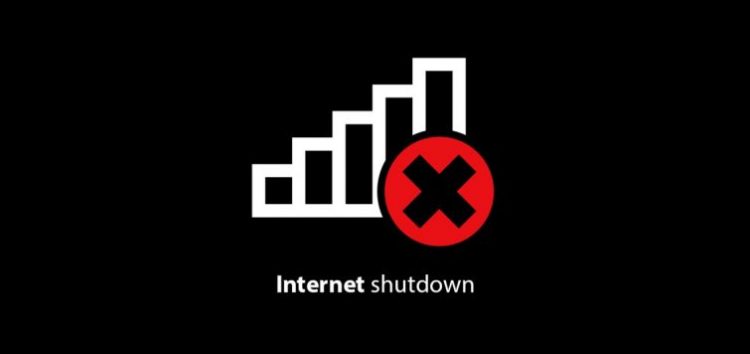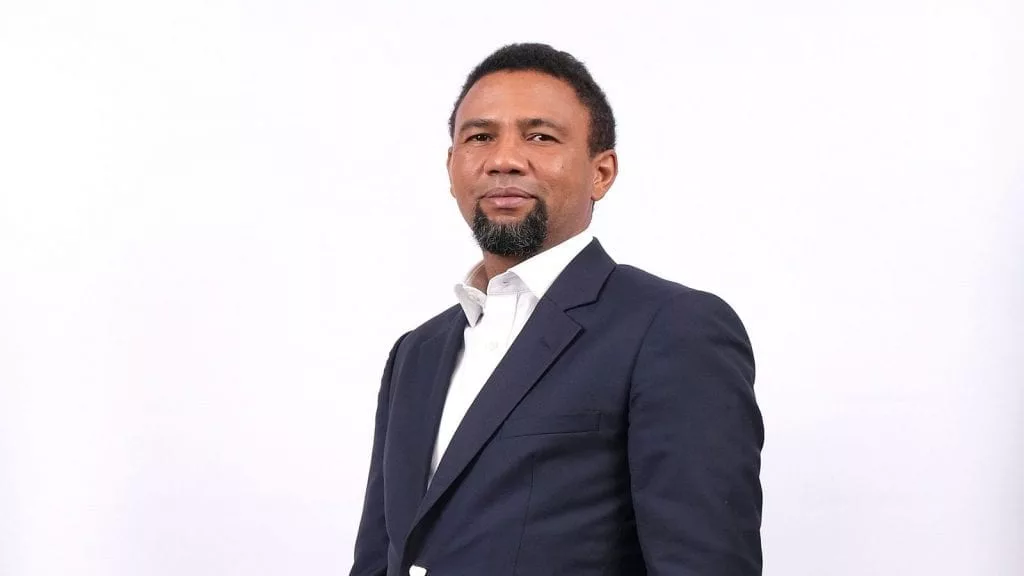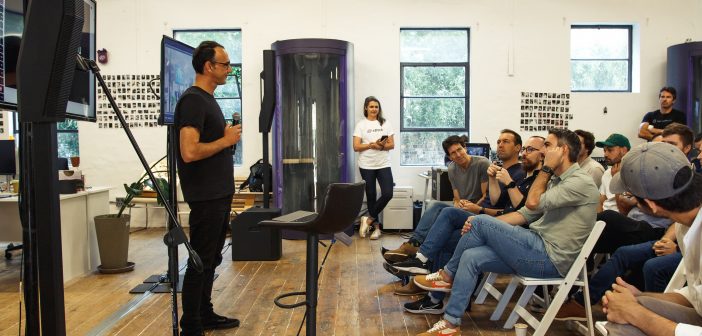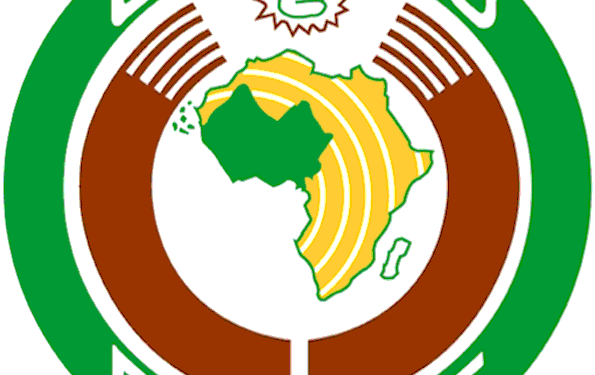MTN Nigeria says nationwide service outage is due to disruption in its core network

Mobile network provider, MTN Nigeria announced in a statement that the nationwide service outage that was experienced by its subscribers on Saturday, 9th October 2021 was a result of a disruption in its core network.
The South African-owned company is the largest telecoms provider in Nigeria with about 71 million subscribers in Nigeria as at 2020. The outage left the subscribers unable to make calls or access data-enabled services for about six hours.
MTN chief executive officer, Olutokun Toriola explained that MTN’s technical team was able to rectify the problem. He also apologized to all MTN customers who were affected, while reiterating the company’s commitment to providing reliable service.

“I want to apologize to all the customers that were affected by Saturday’s service outage. Our primary mission is to bring you the benefits of modern connected life, and notwithstanding this unfortunate event, our commitment to providing the reliable service you’ve come to expect over the past twenty years remains unshaken.”
Olatokun Toriola, CEO of MTN Nigeria.
What is the core network?
In telecoms, the core network or backbone network is a high capacity communication facility. It is the central element of a telco’s network that provides services to customers who are connected by the access network.
The affected core network is what allows subscribers to access voice and data services. The mobile core network also provides critical functions such as subscriber profile information, subscriber location and authentication of services.
Most telecom service providers have their own core networks that are usually interconnected. Some large organisations also have their own networks which they typically connect to public networks.

Over the years, the mobile core network has evolved considerably from 2G, 3G to 4G and 5G in more advanced countries. Disruptions brought about by problems arising in the core network have affected them.
The technologies used for the core facilities are mainly network and data link layer technologies including asynchronous transfer mode (ATM), IP, synchronous optical networking (SONET), and dense wavelength division multiplexing (DWDM).
The CEO further added that the company’s team was working with its network partners Ericsson and Cisco to ensure that such disruption did not happen again.
“I want to reassure all our stakeholders that our network team is working closely with our network partners Ericsson and Cisco to ensure that the reasons for the disruption are fully investigated, and appropriate action is taken to enhance the resilience of affected systems.”
CEO, MTN Nigeria







